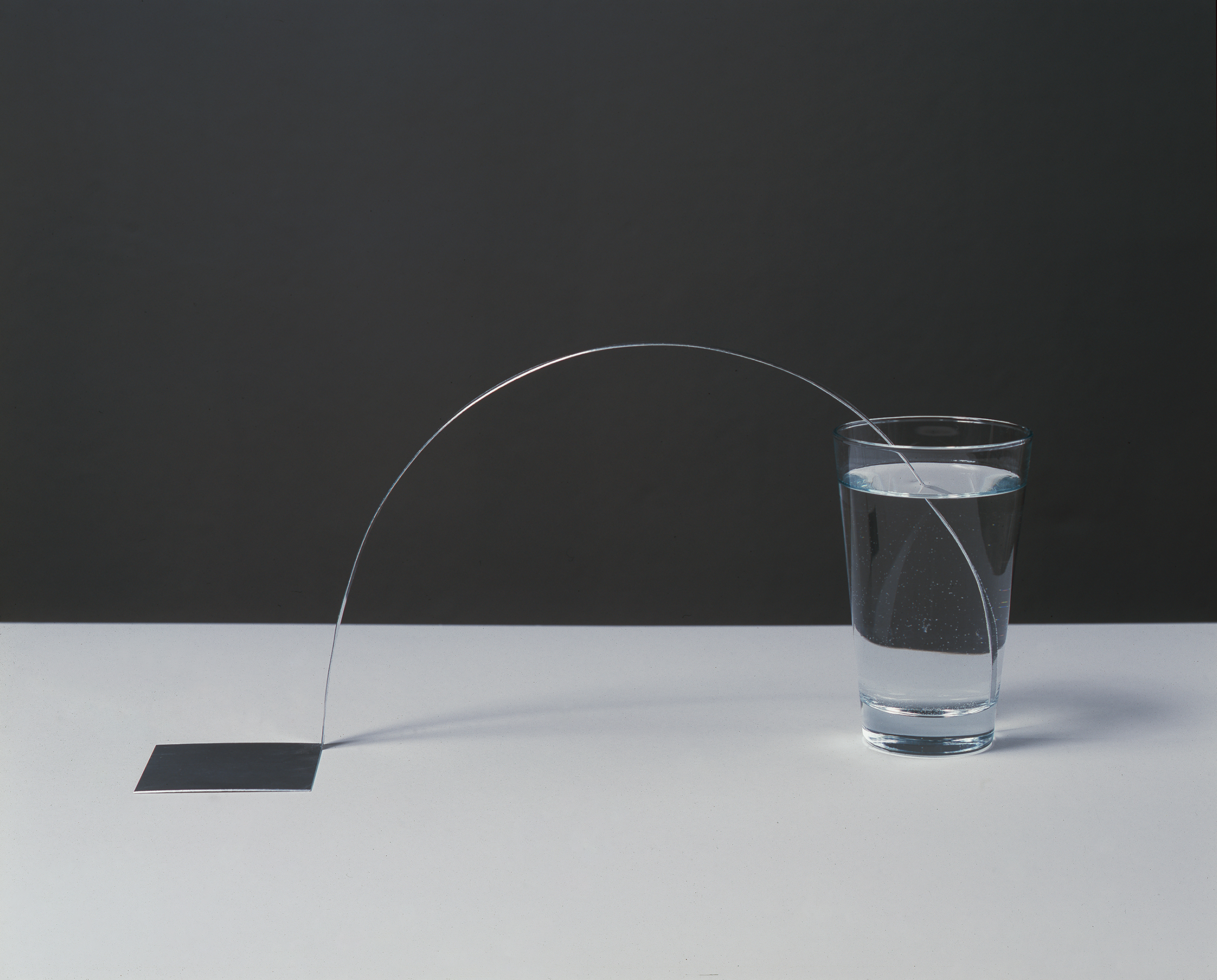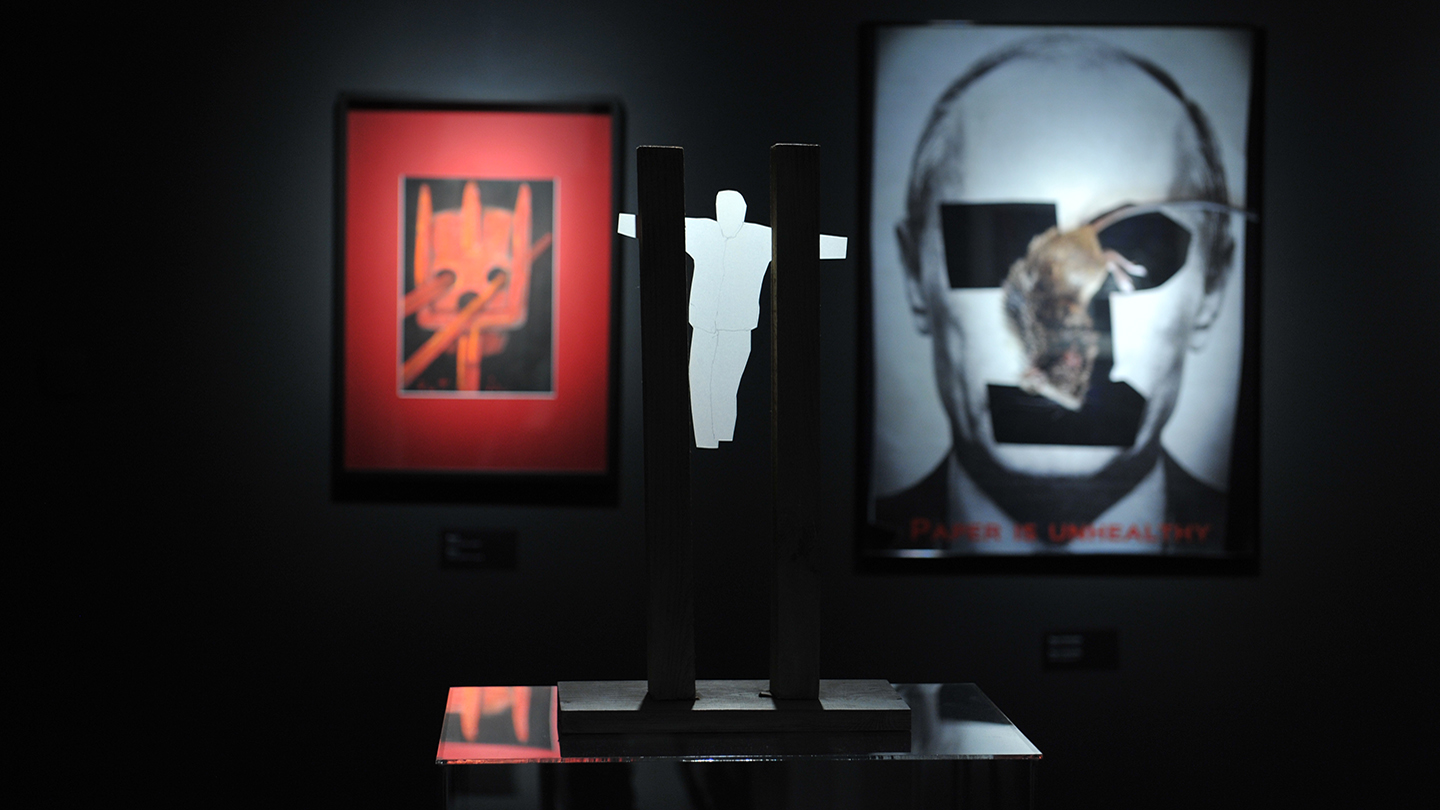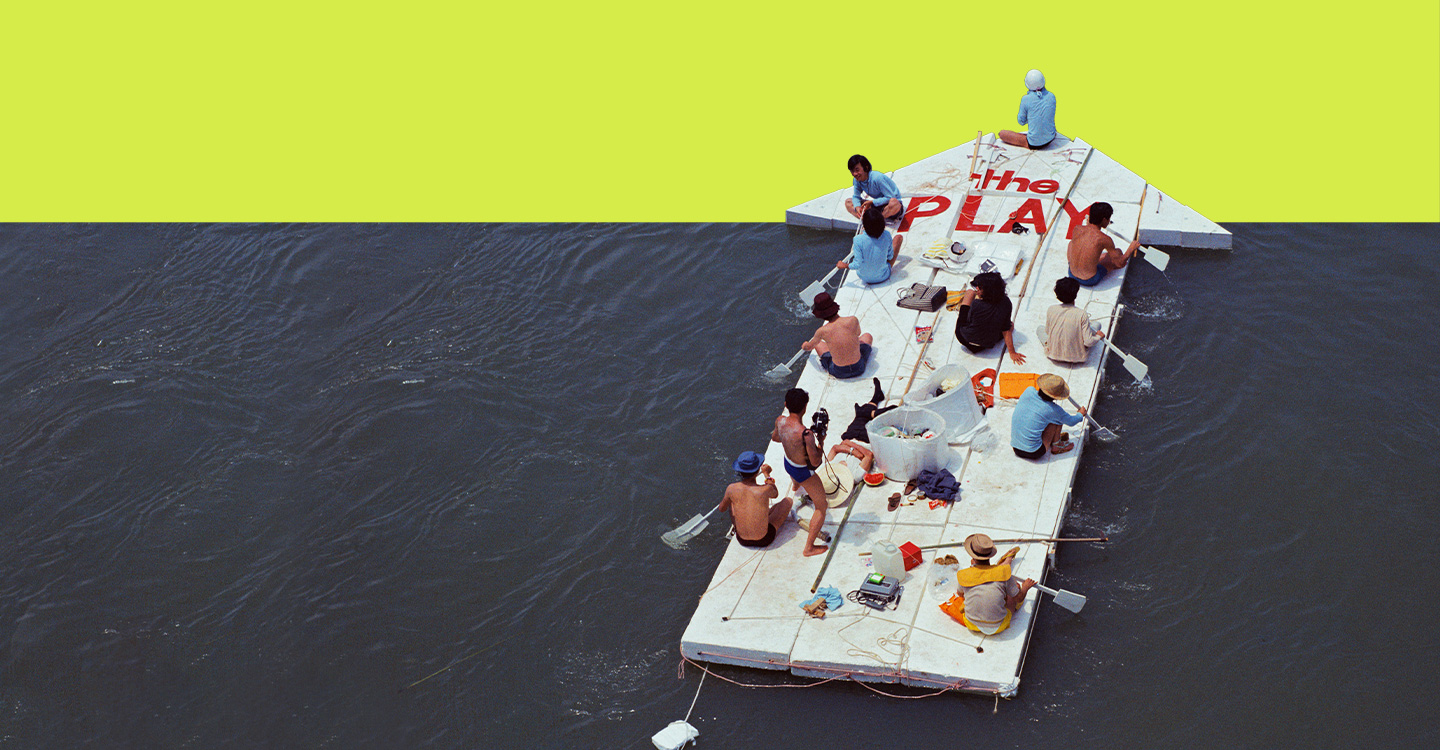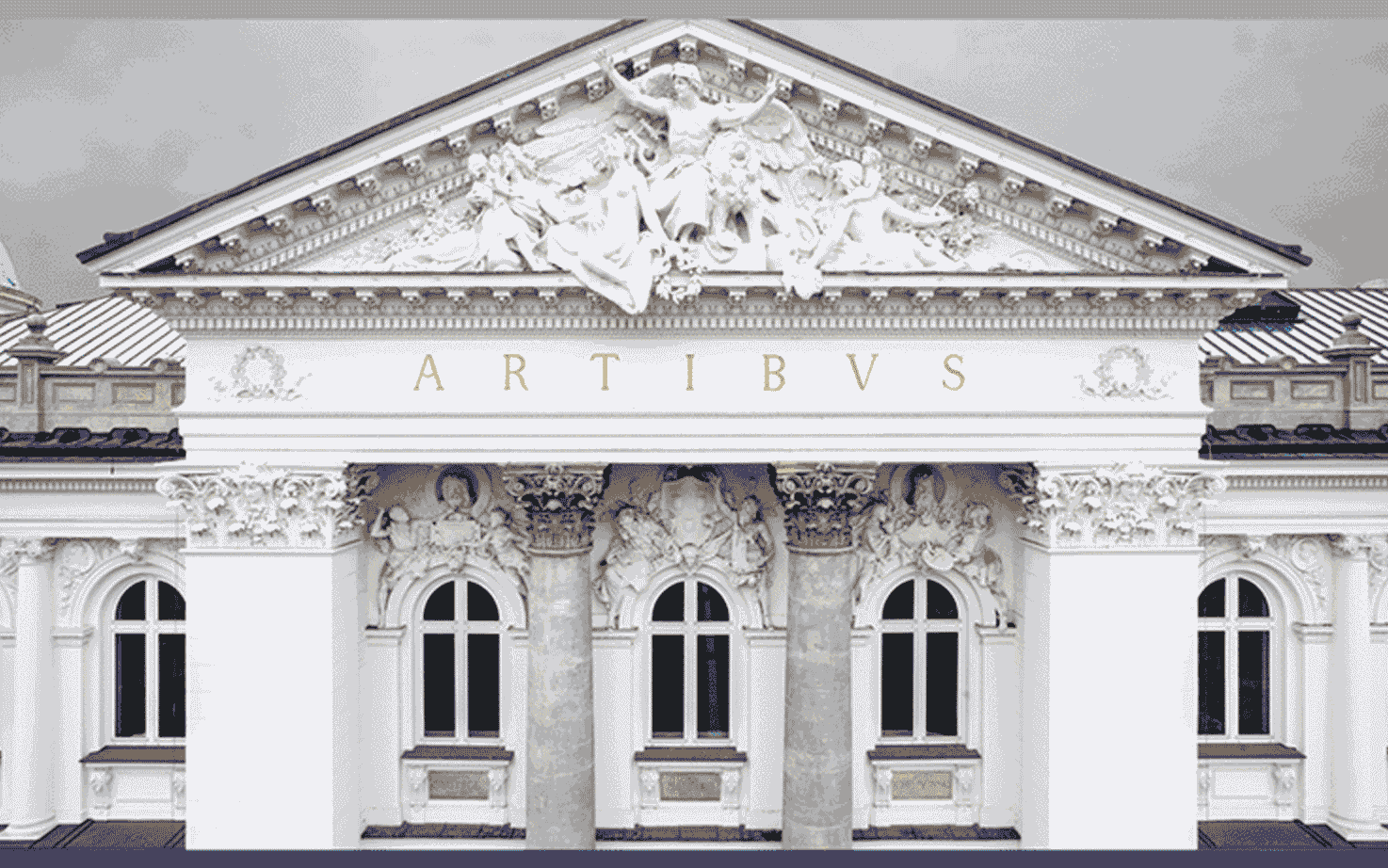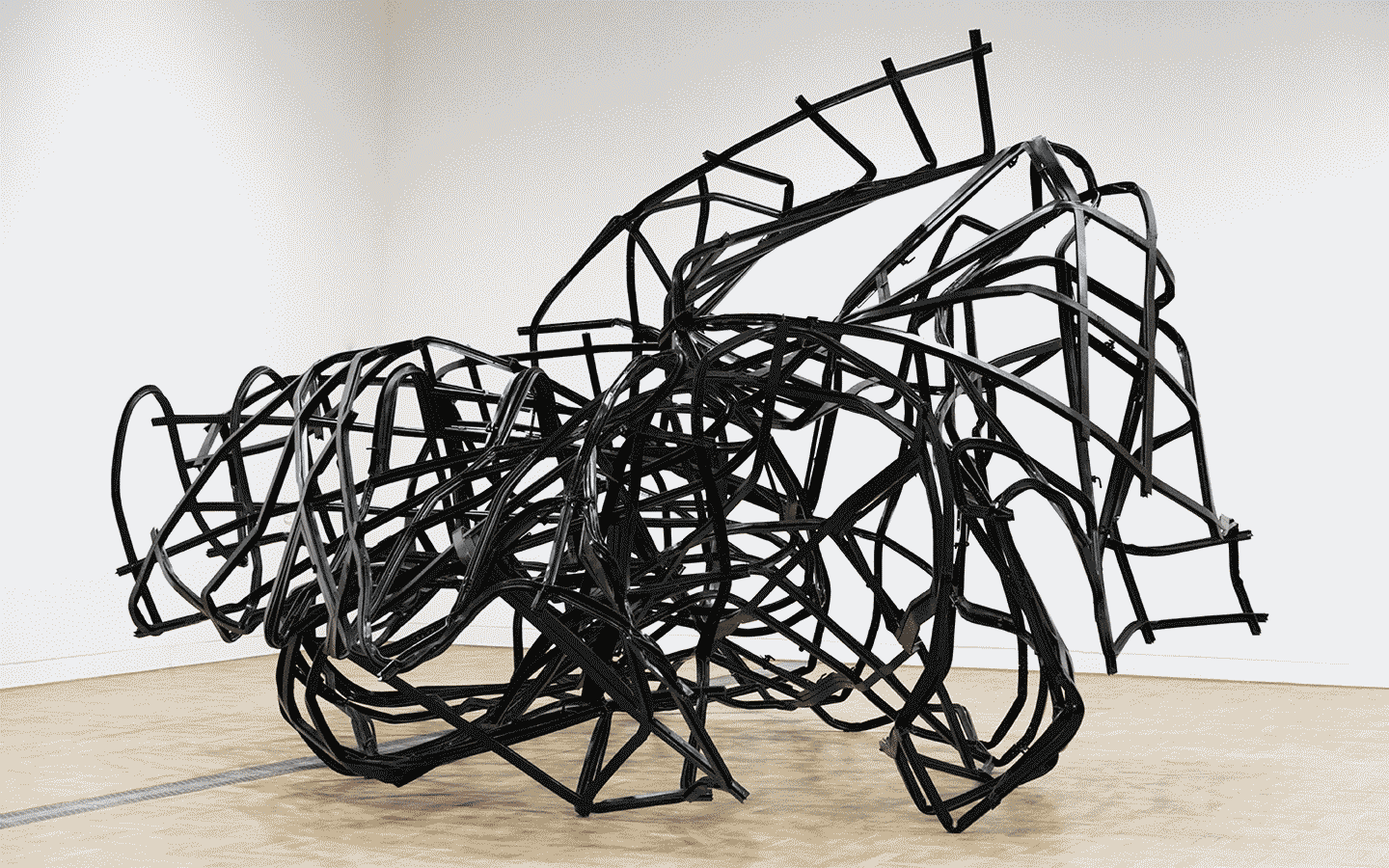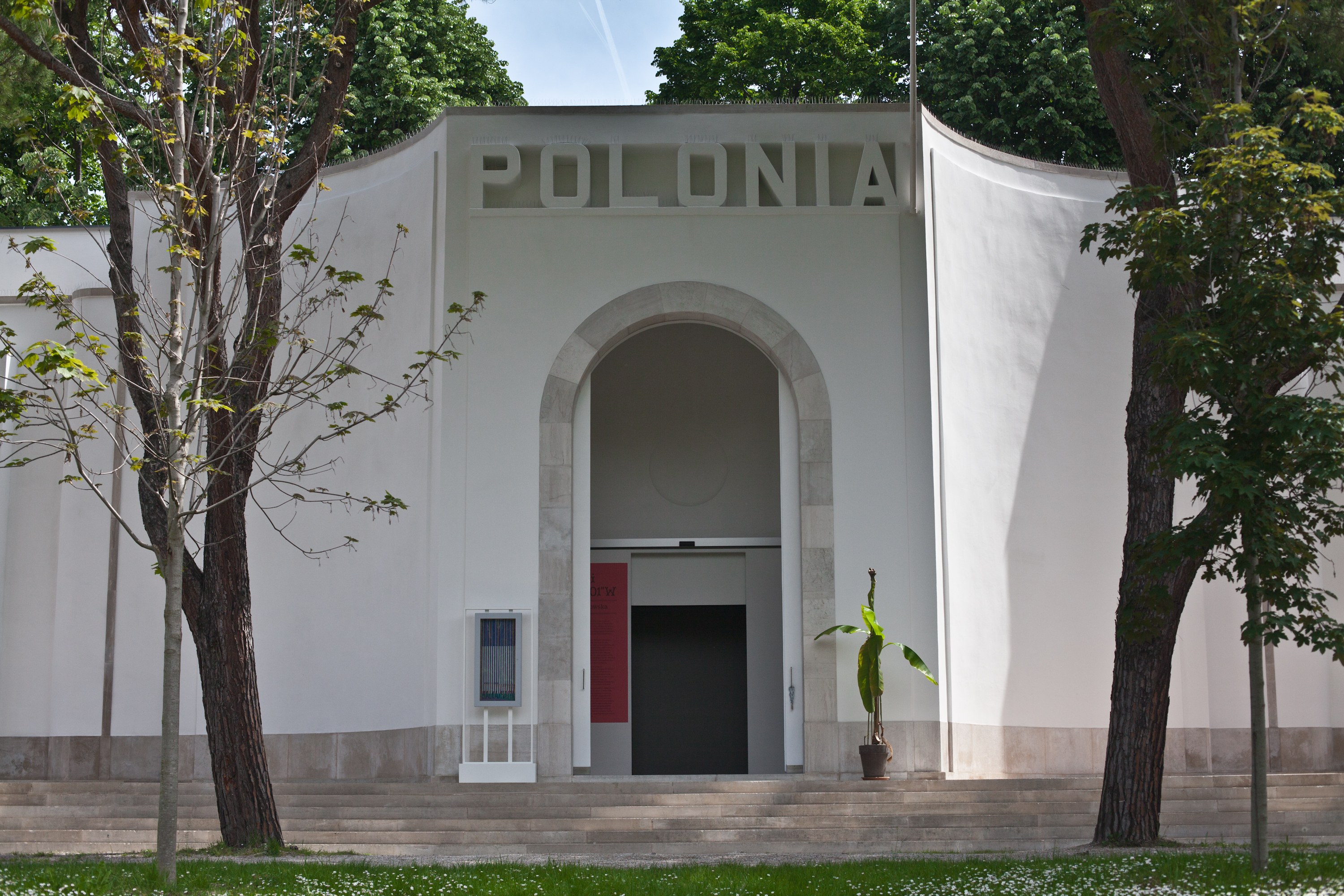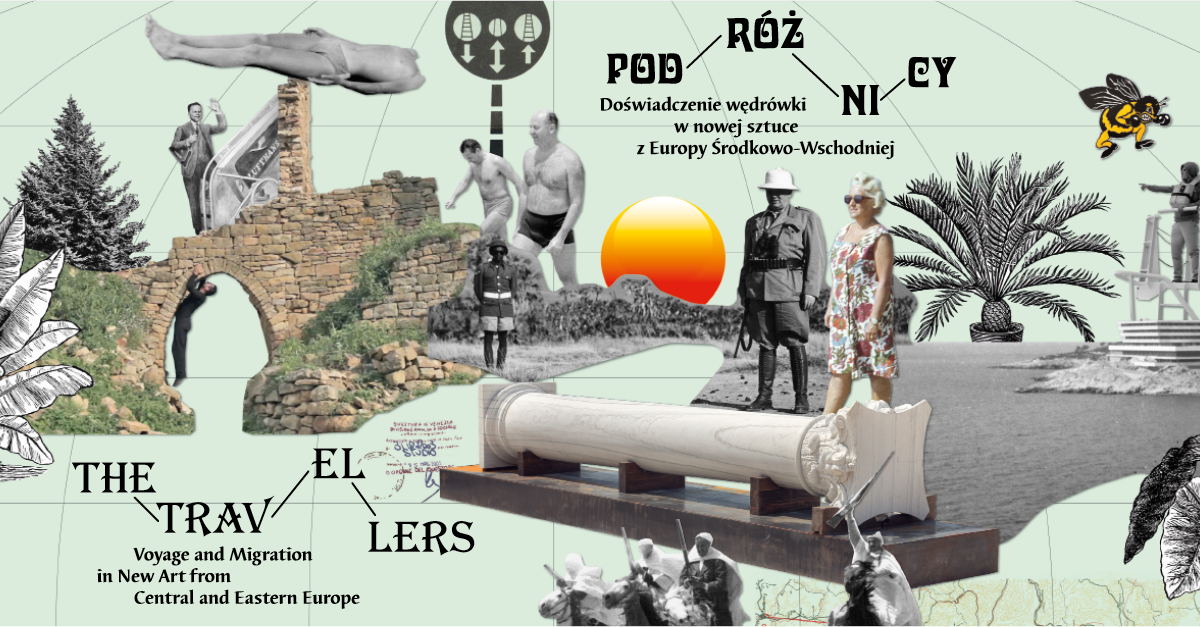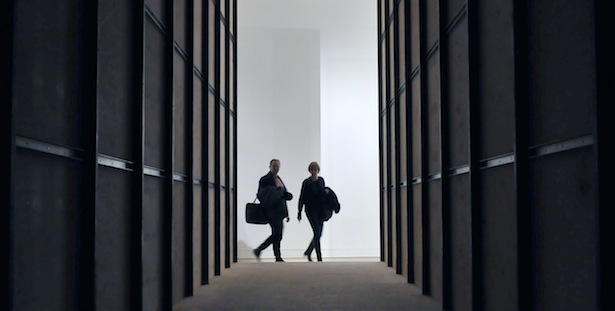Piotr Uklański
Czterdzieści i cztery (Forty and Four)
10 December 2012–17 February 2013
Zachęta National Gallery of Art
pl. Małachowskiego 3
00-916 Warsaw
T (48 22) 556 96 01
Zachęta National Gallery of Art presents the first-ever review exhibition of the work of Piotr Uklański in his native country. Uklański is considered one of Poland’s most accomplished living artists. Unique in its formal diversity, frequently polemical subjects, and conceptual rigor, Uklański’s body of work has emerged since the mid-1990s as one of the most intriguing and original art practices of his generation.
Czterdzieści i cztery (Forty and Four) is conceived as an unconventional take on the traditional review show. The exhibition premieres new works by Uklański—including monumental textile installation Untitled (Open Wide), 2012, and a photographic series titled Pornalikes, 2002–12—as well as Untitled (Polska Über Alles), 2012, a new installation that mixes together iconic elements of his work, such as Dance Floor and The Nazis. This deliberately eclectic mix of works is presented through immersive installations and mise-en-scènes that convey the artist’s aesthetic vision rooted in the tradition of the Gesamtkunstwerk. For example, Uklański has transformed one of Zacheta’s pristine neoclassical gallery rooms into a womb-like environment made from suspended, discharge-dyed fabrics. This “tie-dye cave” serves as the scenography for the display of a suite of Uklański’s paintings and photographs, including pencil-shaving paintings, ceramic mosaics, resin paintings and other examples of Uklański’s metapainting practice.
As this wide-ranging selection of works illustrates, Uklański is an aesthetic polymath—his practice resists categorization into a single medium. He switches among media promiscuously, from one project or subject to the next, moving from photography to sculpture, installation to performance and painting to filmmaking.
Likewise, the conceptual foundations of Uklański’s practice vacillate between opposing forces and meanings. If there is a central theme that characterizes his work, it is the porous border that separates the generic from the beautiful, the transgressive from the banal. Uklański dares to conflate pleasure and criticism in the same work—a heretical gesture that in most art-world circles is considered more inflammatory than his frequently controversial subject matter—see, for example, The Nazis, Pornalikes, Untitled (GingerAss). This subversive conflation often renders the “critical” or political function of Uklański’s work suspect for many art historians and critics, as well as for the general public. But the critical meaning of Uklański’s work lies precisely in the ambiguous, unstable messages that emanate from such a conceptual tension.
The exhibition’s title, Czterdzieści i cztery (Forty and four) makes reference to a famous prophecy in the literary work of Adam Mickiewicz, a nineteenth-century romantic poet and playwright who is Poland’s most celebrated literary figure. In his iconic play, The Forefathers’ Eve, Mickiewicz’s protagonist, a priest named Piotr, has a vision of Poland’s suffering in which he draws an analogy between the nation’s struggle with invading empires and the Passion of Christ. Piotr foresees that Poland will have a redeemer who will appear to save it, and he proclaims that the redeemer’s name will be “Forty and Four.” Mickiewicz’s famous characterization of Poland as the “Christ of Nations” is a powerful image that remains an essential part of Poland’s national identity to this day. And “forty and four” also announces the age that Uklański will turn on his next birthday, an event that will occur during the course of the exhibition—an intentionally self-indulgent reference that also nods to the conventions of the midcareer artist’s review exhibition and to midlife crisis.
Piotr Uklański was born in Warsaw in 1968. He studied at the Warsaw Academy of the Fine Arts. In the years 1989/90, he was a participant in Marek Konieczny’s guest studio, and continued his studies on an independent basis with Zbigniew Warpechowski, Krzysztof Zarębski and Paweł Freisler. He also studied photography at the Cooper Union School for the Advancement of Science and Art in New York. He lives and works in New York and Warsaw.
Curator: Maria Brewińska
For images and press information please contact Olga Gawerska: press@zacheta.art.pl
